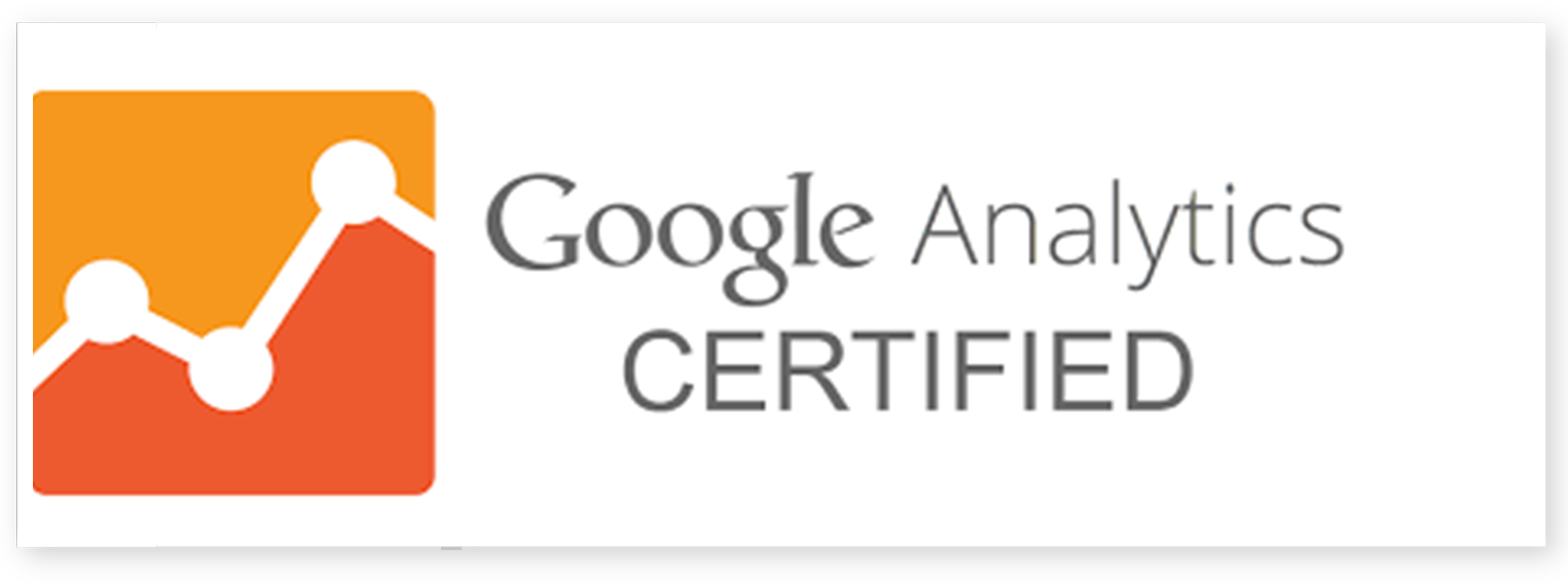“Google will buy Twitter for tens of billions of dollars. Twitter won’t change much, but there will be more ads. The ROI for buying advertising in Twitter will go up.” This is a quote by Andy Crestodina who is the co-founder of Orbit Media and is considered a leading industry expert.
2017 seems to be the year of substantial increases of innovation in the Martech and Adtech industry. Understanding these new market trends will help teams as they begin to plan a 2017 budget even though some of the new technologies they will need are still on or just leaving the drawing board. Many industry professionals are interested in seeing how Microsoft will utilize the big data they have to create a stronger ad program within their recent acquisition of Linkedin. The thought of combining a huge social network of over 400 million users with one of the largest search engines in the world is every digital marketer’s wet dream. That goes without saying the endless possibilities that will emerge with combining those resources with Windows, Office, Dynamics, and Cloud. Can you imagine writing a blog post or article on Office 365 and being able to just right click to find an expert quote from Linkedin?
Trend #1: Double down on Automation and Social analytics
I’d like to remind everyone that Social Media is still in its beginning stages even though some of us feel that large companies such as Facebook and Twitter have been around a long time they are still in their infancy stage. Such as the beginning of any relationship, martech and social media are still getting to know each other, but social media advertising is projected to generate $11 billion in revenue by 2017. It is one of the largest opportunities of marketing exploration for the upcoming year, and as I mentioned before some of these social websites still have many ideas on the drawing board that will greatly benefit Internet marketing. A DMA research study showed that 70% of companies are still not collecting data from social media channels, so it is important that budgets are allocated towards social media analytics. Many companies are still unable to create and implement a robust social media automation that actually works. Different platforms and tools are still growing to help with prospecting and delivering content to the right customers in the moment they need engagement. Industry experts agree that a more valuable concrete solution is desperately needed to take advantage of this relatively untouched resource. They hypothesize the best solution is some sort of a collaboration between apps, networks and platforms all integrated with a marketing dashboard for end to end reporting of the impact social analytics has across the customer journey.
Trend #2: Invest more in the video and podcast bandwagon
These avenues are and will continue to become the best ways to engage audiences using visuals, colors, sounds and/or music. This also works in tandem with trend #1 because a great video will help build brand loyalty and trust by enriching a prospective customer’s journey. Convenience and sometimes necessity are enabling more video and podcast use, especially among those with a preference of “watching the movie” or “listening to the audio book” rather than actually “reading the book.” According to the newest edition of the DMA statistical fact book, 4 times as many consumers prefer digestible video content to plain text. Even Nicola Mendelssohn from Facebook says it will “probably’ be “all video” in 5 years. There is also an Edison research study that revealed approximately 46 million Americans listen to podcasts monthly, and the average user listens to six a week. Huge corporations are already taking advantage of this such as GE and Netflix who each have their own podcasts with registered listeners. As for future video content, Yahoo is a pioneer and has begun to allow you to take out full-screen auto-play video ads on their homepage. You may sometimes even see pop up type movie previews before accessing their main site.
Trend #3: Becoming as ‘human’ as possible in a digital world as fans want to know the people behind the brand and feel that they are understood.
It is widely accepted that the Internet knows more about you than the coworker sitting 2 feet away from you, so it is easy to understand the increase in paid searches and pay-per-click type of advertising over the last several years. Unfortunately, this strategy can become expensive if you do not have a flawless keyword strategy, and not to mention that there many flaws ranging from generating irrelevant site visits to making people feel they are being spammed in their web searches. Reaching your target market in a more organic type of way using blogs and user reviews has been the best way to establish legitimacy in your respective industry. Focusing more on the journey of a prospective customer and painting a perspective of helping them to buy rather than just selling them is something to look forward to in 2017. An excellent method of establishing this is through a more interactive mobile app with innovative sales and promotions geared towards making a consumer feel like they are part of an exclusive group. For example, the T-mobile Tuesdays app has an offer every week from free dominos pizza to a free Samsung Galaxy phone. There is also Target’s rewards app which uses advanced beacon technology to put offers directly in the hands of their customers as they walk through the store.
Trend #4: Focus more on the Pragmatic approach to building your brand
Stay consistent and make sure your message is always clear through all channels on what your brand is and what it is not as this vision will be your guide towards sound decision making. The right message at the right time can guarantee success where as bad timing or the wrong message will incur a huge setback or even total failure. Take care of your employees and empower them to carry on the clear and compelling message to all customers and stakeholders. The pragmatic approach will continue to increase faster than content of audience-based advertising. Most of the successful companies in the upcoming year will deliver this seamless, relevant user experience to drive true outcome-based results.
Trend #5: Stay Mobile friendly and start becoming wearable friendly
This is a bit of old news but just in case you haven’t heard, make sure Google thinks your site is mobile friendly. It is surprising that many companies are still dragging their feet on this as well as on increasing their Google ranking, but this should be a top priority for any and all brands. It is also very important that content be coded extremely well for customers to be able to transition smoothly not only from a desktop to mobile, but also from any of those 2 to a wearable device. In 2017, it is projected that 1 out of ever 4 U.S. consumers will be using a wearable device, so be sure to take this into consideration when planning a future budget. This means there will be even more data on every move the specific target market is making, and we must be prepared to produce and distribute content to fit each individual target buyer accordingly.




